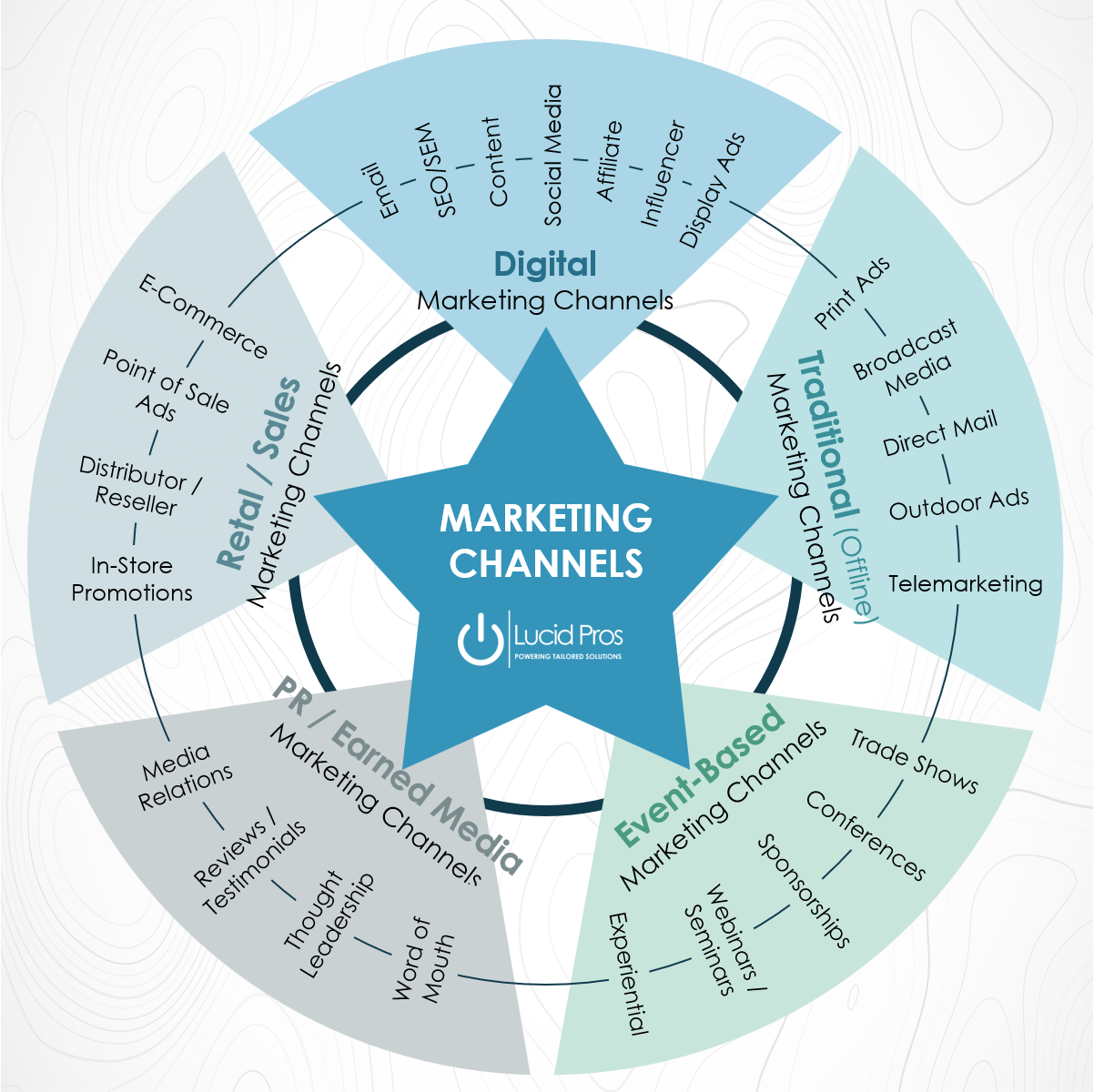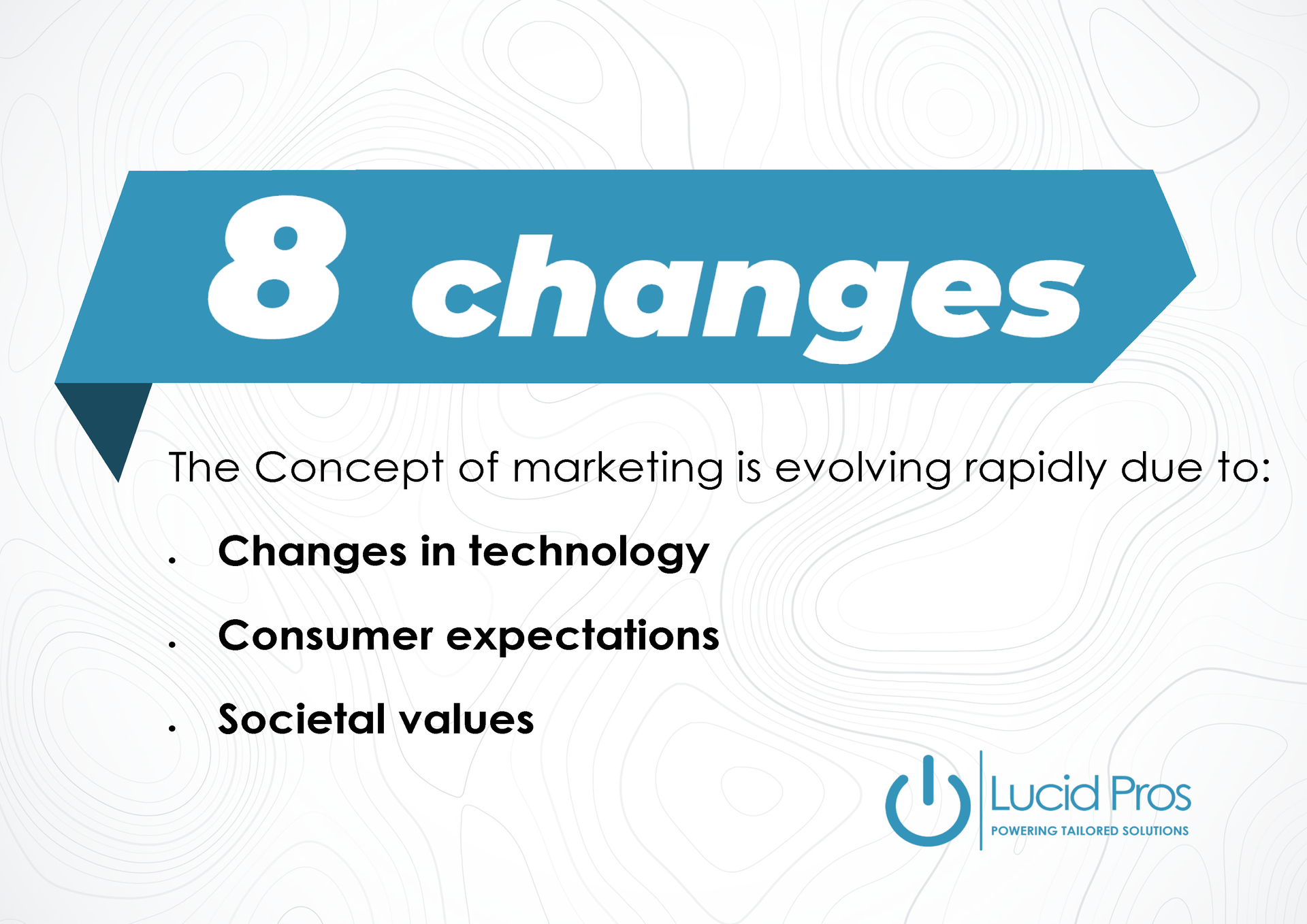Marketing Channels - the case for an onmichannel strategy
The case for integrated marketing strategy.

I recently had a professional conversation where the other party referenced the sole importance of digital marketing - suggesting that other channels are no longer relevant.
I politely disagree.
In an era dominated by algorithms, pixels, and automation, the allure of digital marketing is undeniable. As an integrated marketing expert with experience spanning multiple industries, I have seen organizations invest heavily—often exclusively—in digital strategies. While digital marketing is indispensable, treating it as the only marketing channel is not just shortsighted; it is strategically limiting.
The Promise (and Limits) of Digital Marketing
Digital marketing offers what many other channels cannot: real-time analytics, hyper-targeting, scalability, and lower upfront costs. Whether through SEO, PPC, email campaigns, or paid social media, digital tools provide valuable reach and engagement metrics that are easy to measure and optimize. The rise of automation platforms and AI further enhances campaign precision and operational efficiency.
In fact, many believe Google searches are down significantly. There is mixed evidence on whether Google searches are declining due to AI tools like Claude, Grok, ChatGPT, or others. Some data and sentiment suggest a shift, but it is not conclusive. SEO and PPC efforts may therefore not be as relevant due to the increased reliance on AI services.
Additionally, digital channels have become saturated. Banner blindness is real, ad fatigue is rampant, and consumers are increasingly skeptical of the messages served to them online. Click-through rates are declining, and privacy concerns have altered how data can be collected and used. Furthermore, in B2B industries like industrial manufacturing and oil & gas, where trust and relationship-building are paramount, digital alone often falls short of delivering the depth of engagement required.
Traditional/Offline Channels: Enduring Impact in a Digital World
Print advertising, direct mail, outdoor signage, and even broadcast media still hold power - especially when aligned with audience behaviors and preferences. For example, a direct mail campaign targeted at facility managers or procurement officers can create a tactile impression digital cannot replicate. In industrial sectors, print trade journals remain influential among decision-makers, who often prefer reading long-form content in physical formats.
Offline channels also bypass some of the cognitive filters we apply to online ads. A well-placed ad in a niche trade publication or billboard near a logistics hub can generate brand recognition with key stakeholders without competing against the noise of digital clutter.
In-Person Marketing: The Human Element
Some may ask if AI is going to replace everything. One thing the COVID lockdown taught me is that humans have an insatiable appetite for human-to-human interaction that we cannot ignore. The lockdown brought an extreme level of depression and suicide that darkened many families and communities. Don’t underestimate the human challenge.
At a recent StoryBrand summit, the founder of BusinessBldrs.com, Jay Owen, observed that human-to-human interaction will continue to increase in value. What I took from his point was that people tend to trust what is real. While artificial intelligence can support efficiency and scale, it has not yet earned unconditional trust - and perhaps it never will. That reality underscores the enduring importance of authentic, face-to-face engagement.
In live settings, prospects can touch a product, observe how a solution works, and ask thoughtful, specific questions. They can also gauge the sincerity, confidence, and expertise of the people representing the brand. These human interactions build confidence in a way no automated campaign can replicate.
From my experience managing global trade show programs, I have witnessed firsthand how these environments accelerate trust-building, clarify value propositions, and even shorten the sales cycle. The physical handshake, the unfiltered conversation, and the ability to read a room- these are elements AI and digital channels cannot fully simulate. As technology advances, the companies that succeed will be those that balance innovation with genuine, personal connection.
Point of Sale: The Moment of Truth
Point of Sale (POS) marketing is often overlooked in strategic planning but can be the final nudge that converts interest into action. Whether in a showroom, retail environment, or digital storefront, how the product is presented at the moment of decision is critical. POS marketing includes packaging, displays, pricing strategies, and even how frontline personnel communicate value.
A cohesive experience between digital campaigns and the POS environment ensures consistency and reinforces brand promise. A mismatch here can undo months of strategic planning and investment.
Public Relations: Amplifying Credibility
Public Relations (PR) plays a unique role in marketing by shaping perception and amplifying earned credibility. While digital advertising says, “Look at me,” PR secures placements where others say, “This is worth looking at.” A well-executed PR strategy - anchored in thought leadership, media relations, and corporate social responsibility - builds long-term trust and distinguishes a brand from competitors.
When paired with digital amplification strategies, PR stories can extend their reach while maintaining their authoritative tone.
The Power of Integration
The most effective marketing strategies are not channel-specific - they are customer-centric. A multichannel strategy built on deep understanding of the customer journey will integrate the strengths of each channel to reinforce one another.
Digital marketing should not exist in a vacuum. It must work in concert with offline and in-person efforts to create cohesive, memorable experiences. As marketers, we must resist the temptation of convenience and trend-chasing in favor of disciplined, data-informed, cross-channel alignment.
Final Thought
In a world infatuated with digital dashboards and marketing automation, let us not forget the enduring value of human interaction, physical presence, and real-world engagement. Digital marketing is powerful - but it is not everything. When supported by traditional, in-person, and point-of-sale strategies, it becomes exponentially more effective.
If you are building a marketing plan and find yourself overly reliant on digital channels, it may be time to re-evaluate. True marketing success lies not in choosing one channel over another, but in weaving them together into a cohesive, integrated whole.
A wise human once said, "don't put all your eggs in one basket." An integrated marketing plan spanning multiple channels is a wise investment. Here's a simplified marketing channel infographic I made will hopefully help to understand a bigger spectrum of available channels.
And if you need help building your marketing strategy or plan, give me a shout - I may just know a guy.


